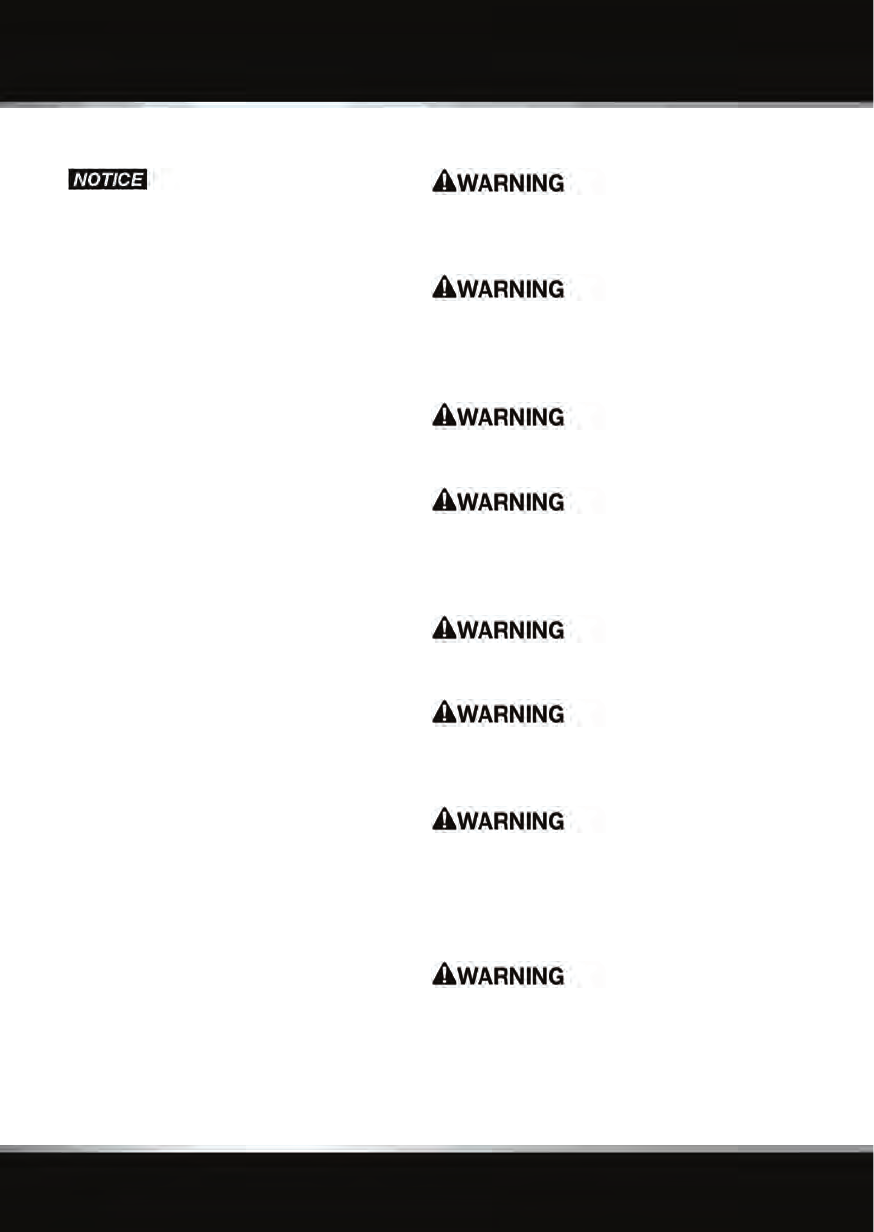
L
(FM8) SEMCON JLR OWNER GUIDE VER 1.00 NAS
LANGUAGE: english-NAS-en; MARQUE: jaguar; MODEL: XJ
Maintenance
152
OWNER MAINTENANCE
Any significant or sudden drop in fluid levels,
or uneven tire wear, should be reported to a
qualified technician without delay.
In addition to the routine services and
inspections, a number of simple checks must
be carried out more frequently. These checks
can be carried out by the owner and advice is
given on the pages that follow.
DAILY CHECKS
• Operation of lamps, horn, direction
indicators, wipers, washers and warning
indicators.
• Operation of seat belts and brakes.
• Look for fluid deposits underneath the
vehicle that might indicate a leak.
Condensation drips from the air
conditioning is normal.
WEEKLY CHECKS
• Engine oil level.
• Engine coolant check.
• Brake fluid level.
• Power steering fluid level.
• Windshield washer fluid level.
• Tire pressures and condition.
• Operate air conditioning.
Note: The engine oil level should be checked
more frequently if the vehicle is driven for
prolonged periods at high speeds.
ARDUOUS DRIVING CONDITIONS
When a vehicle is operated in severe or
arduous conditions, more frequent attention
must be paid to servicing requirements. Refer
to your Passport to Service or contact your
Dealer/Authorized Repairer for details.
SAFETY IN THE GARAGE
If the vehicle has been driven recently, do not
touch exhaust and cooling system
components until the engine has cooled.
Never leave the engine running when the
vehicle is in a garage. Exhaust gases are
poisonous and can cause unconsciousness
and death if inhaled.
Do not work beneath the vehicle with a jack
as the only means of support.
Keep your hands and clothing away from
drive belts, pulleys and fans. Some fans may
continue to operate after the engine has
stopped.
Remove metal wrist bands and jewellery,
before working in the engine compartment.
Do not touch electrical leads or components
while the engine is running, or with the
ignition switched on.
Do not allow tools or metal parts of the
vehicle to make contact with the battery leads
or terminals.
FUEL SYSTEM
Under no circumstances should any part of
the fuel system be dismantled or replaced by
anyone other than a suitably qualified vehicle
technician.


















